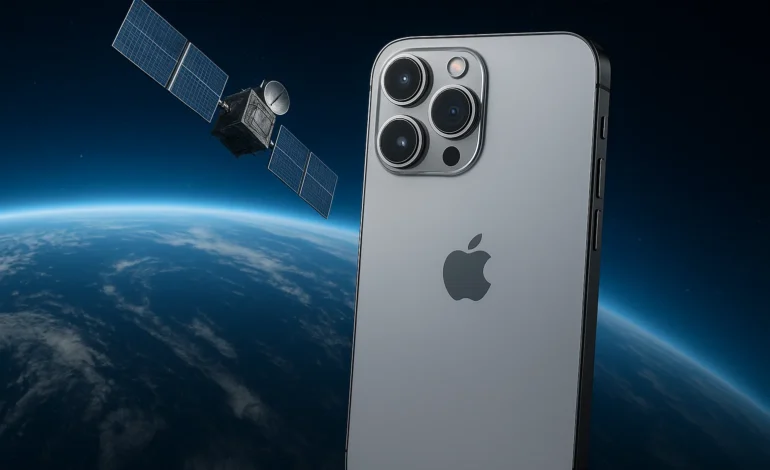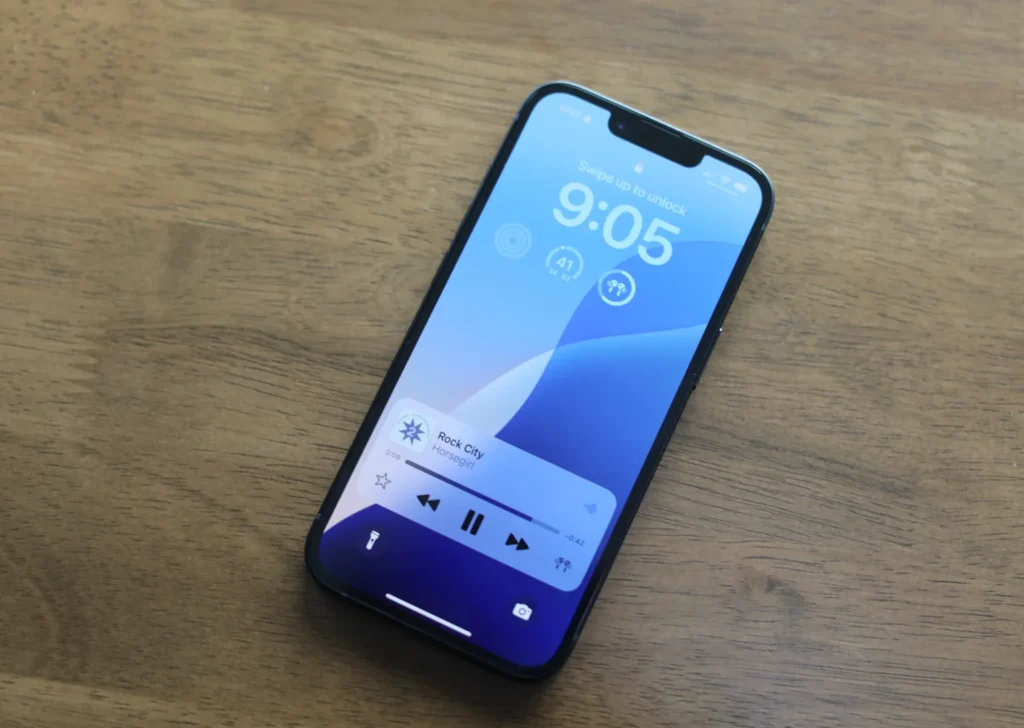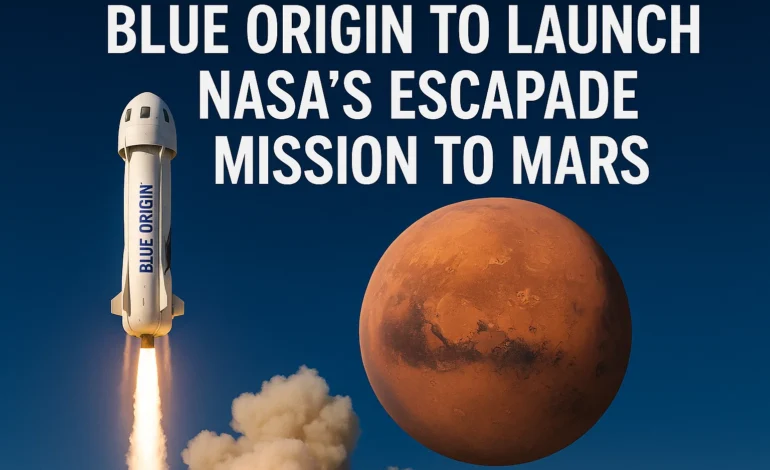Apple Reportedly Developing Ambitious Satellite-Powered Features for iPhone

Table of Contents
Apple is reportedly working on five new satellite-powered features for upcoming iPhones, potentially debuting with the iPhone 18 series, according to Bloomberg’s Mark Gurman. This marks a major expansion of the company’s satellite connectivity strategy, moving well beyond the current Emergency SOS and roadside assistance functions. The new capabilities are expected to enable messaging, navigation, and limited internet access all without the need for a SIM card or Wi-Fi, allowing users to stay connected even in completely off-grid environments.
Introduction
We are increasingly seeing connectivity redefine the role of smartphones, and Apple Inc. is poised to lead that shift with its ambitious satellite-powered plans. According to reports dated November 9 2025, Apple is working on new satellite features for the iPhone, including offline navigation, photo messaging via satellite, and natural indoor satellite connectivity.
This move could broaden Apple’s ecosystem beyond traditional cellular and Wi-Fi networks, reinforcing its brand as not just a hardware maker but a global connectivity player. For investors, these developments may signal a deeper strategic pivot one that touches hardware, services and partnerships and thus warrant attention in the context of Apple’s long-term growth story.
What Apple Satellite Plans Entail
New Feature Set
Apple’s next-gen satellite ambitions encompass several key features. Reports list:
- Offline maps in Apple Maps via satellite when no cellular/Wi-Fi is available.
- Photo support in the Messages app via satellite, beyond simple texting.
- “Natural usage” meaning satellite connectivity even when the iPhone is in a pocket or car, not needing a clear sky view.
- Support for 5G Non-Terrestrial Networks (NTN) so satellites supplement cell towers to improve coverage.
- A satellite connectivity API for third-party apps to integrate satellite features.
This shows that Apple views satellite connectivity as more than an emergency-backup; it is becoming a multi-modal connectivity layer. For investors, it highlights a potential new ecosystem moat beyond hardware sales.
Infrastructure & Partnerships
Apple’s plans rest on strong infrastructure and partner alignment. The company already made large investments in Globalstar, Inc. to bolster satellite capacity for its iPhones. Furthermore, there are rumours of collaboration or competitive positioning with SpaceX and its Starlink network, which may support Apple’s satellite ambitions or serve as a competitive threat.
This shows Apple is serious about the satellite strategy and is building the foundation for rollout. For investors, it implies capital allocation and longer-term time horizon rather than near-term revenue bump.

Implications for Apple’s Business & Investors
Strengthening Ecosystem and Services Revenue
By embedding satellite connectivity into the iPhone and apps, Apple may extend its services revenue profile. Free emergency use is currently available to newer iPhones, but paid satellite features are expected in future.
This shows Apple’s pathway to monetise connectivity beyond hardware upgrades. Looking ahead, the shift could increase user lock-in, attract developers via the API, and strengthen margins in services. For investors, the satellite initiative may boost Apple’s recurring revenue mix and reduce reliance on the hardware upgrade cycle.
Hardware Differentiation & Competitive Edge
Apple’s hardware differentiation has always been a competitive advantage. These satellite features may widen the gap versus rivals by enabling iPhones to function when cellular/Wi-Fi fail. Reports suggest the feature won’t appear immediately in full form—the rollout may begin with offline maps and messaging, with full satellite internet arriving in later models.
That shows a phased approach. For investors, this means the benefit may play out over multiple iPhone generations, which could support a premium valuation and longer upgrade cycle justification.
Risks & Timing Considerations
There are clear risks. Regulatory, spectrum rights, satellite infrastructure and partnership execution are all hurdles. Apple has reportedly slowed full rollout due to concern about acting like a carrier. There is also the question of how quickly the monetised services will gain traction, and whether hardware cost/incremental margin risk may rise.
For investors, this suggests patience is needed, and the satellite move should be viewed as strategic, not a near-term profit driver.
Don’t miss our recent post about Landfall Spyware Exploits Zero-Day Vulnerability to Hack Samsung Galaxy Phones.
Investor Reaction / Market Sentiment
One social-signal snapshot: a recent Reddit thread around Apple’s satellite news shows interest in how the feature differentiates the iPhone, but also concern about cost and global availability.
“If Apple really lets me send pics when I’m hiking and off-grid then it’s game-changer, but will it cost $10/month?”
This shows investor curiosity and early speculation about monetisation. Analyst sentiment remains mostly positive for Apple, but moderate upside is reflected in current targets industry consensus price target for Apple (AAPL) is around $278, implying roughly 3.6% upside from current ~USD 268.
This tells us the market expects incremental value from innovations like satellite, but not a dramatic rerating yet.
Bottom Line
We see Apple’s satellite ambitions as a strategic inflection point rather than a short-term earnings lever. The move to enable offline maps, satellite photo messaging, and broader connectivity positions Apple to deepen its ecosystem, monetise new services and differentiate its hardware. For investors, evaluating Apple isn’t just about iPhone sales any longer it is about how the company builds connectivity layers, services monetisation and hardware differentiation.
While the rollout is gradual and risks remain, the satellite initiative adds a new dimension to Apple’s growth story. We believe Apple remains a credible long-term core holding, but those looking for near-term ultra-high growth should temper expectations. The satellite feature is a “next-phase” play, not a “next-quarter” one.
FAQs
When will Apple’s satellite features launch broadly?
Apple’s new satellite features (offline maps, photo messaging, 5G NTN) are reported in development as of November 2025. The full rollout date is not confirmed. Investors should treat this as a multi-year rollout rather than an immediate revenue driver.
Will all iPhones support these satellite features?
Current satellite features (Emergency SOS via satellite) work on iPhone 14 and newer. The new features will likely require newer hardware and infrastructure. Availability will also vary by country due to regulatory approval.
How might these satellite features impact Apple’s valuation?
The features may enhance Apple’s recurring services revenue, strengthen ecosystem lock-in and justify premium hardware pricing. For example, analyst consensus sets modest upside (~3-4%) near term. Over time, if monetisation scales, they could support higher valuations.
What are the risks associated with Apple’s satellite initiative?
Key risks include regulatory delay, spectrum competition (notably with SpaceX), infrastructure execution, slow user adoption of paid features, margin pressure on hardware and global rollout limitations.




